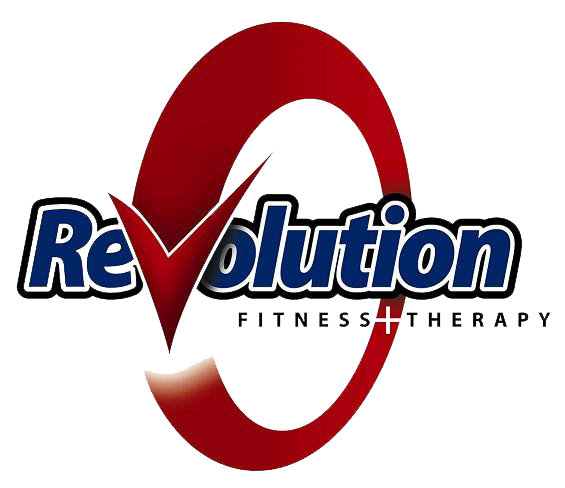For anyone trying to succeed with fat loss, beyond the calories you’re taking in or expending, at some point you have to sort out your food cravings.
Each person on that journey is motivated in different ways and, as with any fat loss tools, what works for one won’t work for another and no tool works universally well for all.
The first thing I want to mention is that cravings aren’t emergencies. You’re not going to suffer any adverse health effects if you skip the cookie, the chip or the alcohol (barring any medical issues that contradict that statement).
There’s a tool called “urge surfing” which is credited to G. Alan Marlatt as part of Mindfulness-Based Relapse Prevention and was utilized to help in recovery with addictions.
Simply put, “urges”, or in the context of this article, “cravings” will come and go. The premise is just like a surfer will ride a wave into the shore, you’ll also ride out a craving until it subsides.
This may require you being more present in mind when the craving comes, finding things that occupy yourself so that you’re less likely to ruminate over the craving and then letting it pass.
Cravings likely will not be eliminated completely even if you fancy yourself as a “professional urge surfer.”
So, for the rest of us mere mortals who do have cravings (some significantly more than others), there are other tools which can help.
Many people crave sweets, specifically sweet, fatty foods: cookies, cakes, muffins, etc. The reality is that some people don’t crave sweets at all and prefer something salty like chips, crackers or pretzels. Some crave alcohol. For simplicity’s sake, I’m going to assume that everyone who craves a food is craving something sweet like a cookie.
One tool is to have a small cookie you can look forward to almost daily. This might be a smaller cookie like an Oreo. Whether you have one or two Oreos is up to the individual. What’s more important is that you know you’re not depriving yourself of it. Some people may find this is an easier tool to stick with when the cookies have been portioned out rather than digging into an entire package of Oreos.
Another tool is to save the daily luxury for something larger and perhaps more decadent. This might be something like a Crumbl cookie once a week. To compare, one Oreo has about 70 calories. One Crumbl cookie has about 700 calories. If you know that you have that larger treat to look forward to each week, you may be able to manage not having sweets every single day.
A slightly different tactic, which shifts the reward from a weekly one to something tied to a goal. For instance, you may elect to discontinue sweets until you reach a certain milestone. That milestone might be the first 5 or 10 pounds down. Or maybe it’s when you drop a pant size. Then, when you reach that milestone, you treat yourself to that special treat and then reset the process again. When the next milestone is set, sweets are temporarily put on the backburner and you towards your goal for the next round.
Some all-or-nothing individuals will thrive when they completely remove all temptation. No sweets until they hit their goal. I’m not saying this is the “right” approach or even the “best” approach. I am saying, it works really well for certain people.
At the heart of this, it helps to establish that the cookie is inherently neither good nor bad. It just “is”. It’s a type of food that one person can moderate successfully and another person cannot. That doesn’t make one person better than the other. If cookies are not your vulnerability, you can swap out that food option for something else, like “wine” or “beer” or “french fries”.
Taking a different perspective, for many, defaulting to food when life gets boring, uncomfortable, messy (or all of the above) is where people tend to lose ground. It’s not that food can’t ever be a soothing comfort.
It can.
But you will likely find better results in the long run when you have other avenues to travel to help self soothe. That might mean lifting weights, taking the dog for a walk, calling a friend, taking a bath/shower, reading a book, watching a movie, cleaning a room, doing laundry, playing an instrument, having some downtime with your kids/pets, journaling, etc.
Need some help along the way? Drop me a line.
(Photo courtesy of Charles Deluvio)

